As part of the Skills for a Changing World project, this blog series explores opportunities for innovation in education to develop breadth of skills.
Providing children with the breadth of skills they need to become healthy and active members of society requires the kind of learning that cultivates empathy, fosters resilience, encourages creativity, and promotes cognitive processing. Research shows that learning happens best when it is done in a way that is practical, relevant, and engaging—rather than theoretical and decontextualized—and that learning happens everywhere, anytime.
With this in mind, the search is on for innovations that can help transform schooling and education around the globe. Examples of hands-on, minds-on approaches on the ground in a variety of contexts exist, and they are not a luxury to only be enjoyed by those with means. From our ongoing research at the Center for Universal Education and as part of our Skills for a Changing World project, we have identified many instances where innovation is occurring in the teaching and learning environment, even in limited resource settings. We also find the hands-on minds-on approach is happening in and outside schools, with technology and without.
Yet, by and large, education around the world focuses on delivering a narrow set of skills, inside the walls of a school, for a set number of hours and for a set number of years in a child’s life. Classrooms are organized so that teachers transmit knowledge to students, who passively absorb what they are taught.
Fostering breadth of skills requires a transformation of the traditional education model to one that puts research from the learning sciences into action—employing a hands-on, minds-on approach to education that capitalizes on children’s natural propensity to learn.
We like to use “hands-on, minds-on” learning as a catch-all term for educational activities that are dynamic, relevant, and applied. Others have used language to express similar ideas, such as experiential, student-centered, playful, or active learning.
Collectively, these ideas advance approaches that have an empirical basis in the learning sciences, but hands-on, minds-on also appeals to our common sense: Children learn best when they are engaged. Children could be asked the question, “Why does it rain?” But rather than memorize and recite a series of steps for how precipitation occurs, their teacher can ask them to work in groups to produce a report, one which requires them to go outside and observe the rain falling, use critical thinking skills, creativity, and teamwork to problem-solve.
Cultivating breadth of skills will not be achieved by adding additional content or subjects to the curriculum, or adding a new class with its own assessment, but rather requires a different way of teaching the academic subjects already prioritized in any given country’s curriculum. In this way, we can equip young people with mastery of subject-matter content and breadth of skills simultaneously. But changing the dynamic of learning inside a classroom to one where teachers are facilitating students’ knowledge development and applying what they learn to the real world requires rethinking how we train and support teachers, how we organize our education systems, and how we cultivate skills outside the formal system.
Escuela Nueva is one example of low-resource schools that have implemented hands-on, minds-on learning. Started in Colombia in the 1970s, Escuela Nueva transformed rural education for some of the most marginalized children, allowing a flexible and multi-grade model for under-resourced schools, and subsequently has been adapted in more than a dozen countries and in urban contexts. The model allows students to work in small groups on different subjects with learning guides and the teacher acts as facilitator rather than instructor. Students progress at their own pace, with a competency-based approach to achieve the standards of each grade level.
In other instances, hands on, minds-on learning extends beyond the classroom to reach out-of-school children. Can’t Wait to Learn (formerly eLearning Sudan) powerfully illustrates this in a conflict-affected region. This innovative model digitized the national curriculum and delivers it to children in their villages using tablets loaded with custom-built curriculum and personalized games, allowing them to learn at their own pace. Can’t Wait to Learn shows how games can be used to improve learning by enabling children to creatively engage with subject matter in ways that compel them to innovate, imagine, and learn through play. It also illustrates the power of new forms of technology to deliver hands-on, minds-on learning when resources are scarce.
In a higher resource environment, a private school in Mumbai uses technology to infuse active learning throughout their school. R.N. Podar School considers itself to be a laboratory of experimentation and has pioneered a “flipped learning” approach to the classroom, meaning students watch prerecorded lessons at home, freeing up classroom time to engage with teachers in more meaningful ways through problem solving, discussion, and the application of knowledge to think through real-world challenges. They partner with many technology companies, aiming to use cutting-edge applications for teaching and learning, plus communicating with parents and the community. This approach has helped it become one of the highest achieving schools in the country.
Implementing a hands-on, minds-on approach at a large scale will take a number of transformations within schools. Teachers need to be supported and unburdened from many non-teaching tasks to focus on facilitating students’ learning. Education needs to be made a “team sport,” where communities and partners from other sectors engage more heavily in educating our youth. And finally, schools and programs will need to streamline their administrative functions so more human and financial resources can be focused on teaching and learning.
Over the coming weeks, we will explore these other types of innovations and take a look at what is happening on the ground.
The Brookings Institution is committed to quality, independence, and impact.
We are supported by a diverse array of funders. In line with our values and policies, each Brookings publication represents the sole views of its author(s).

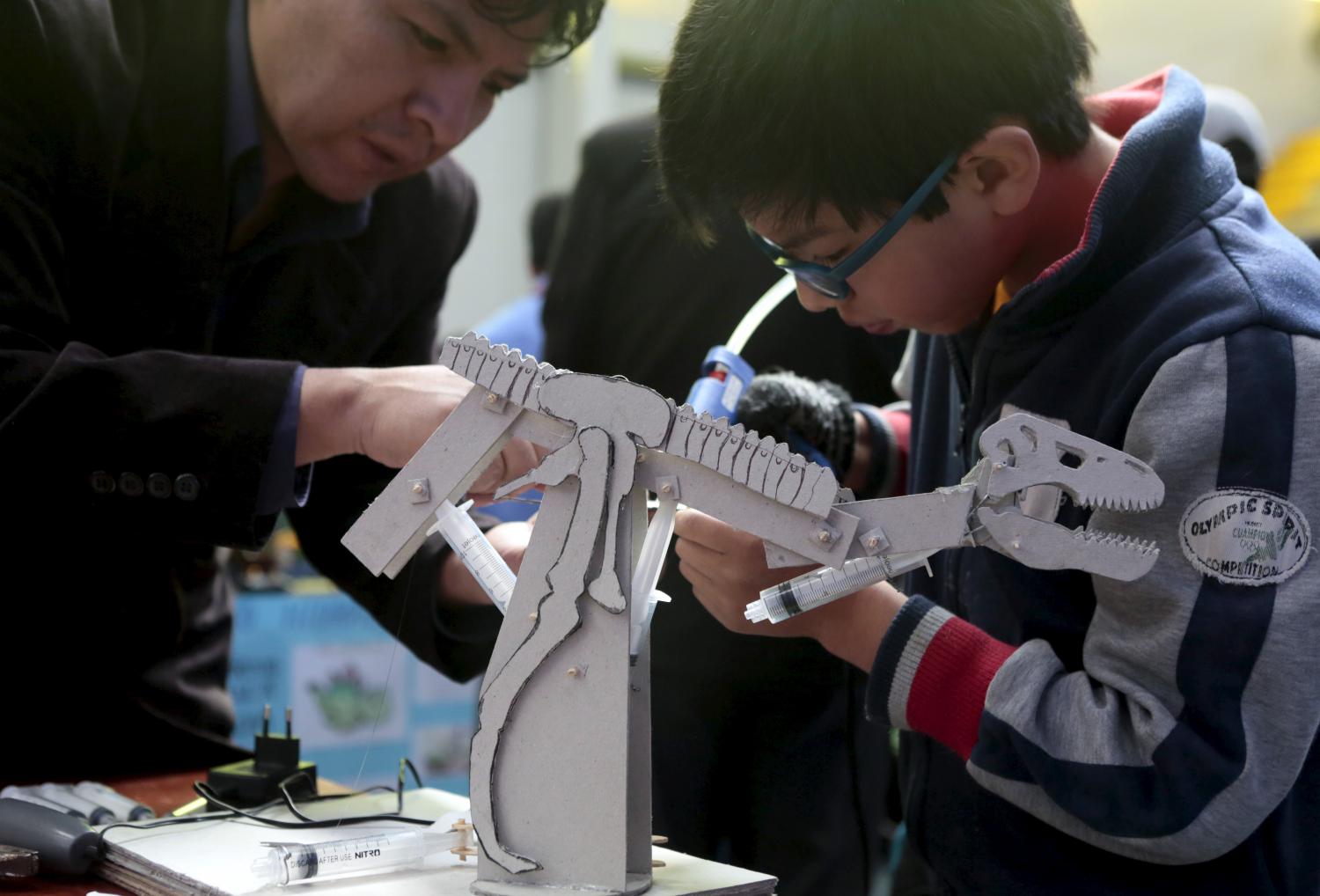
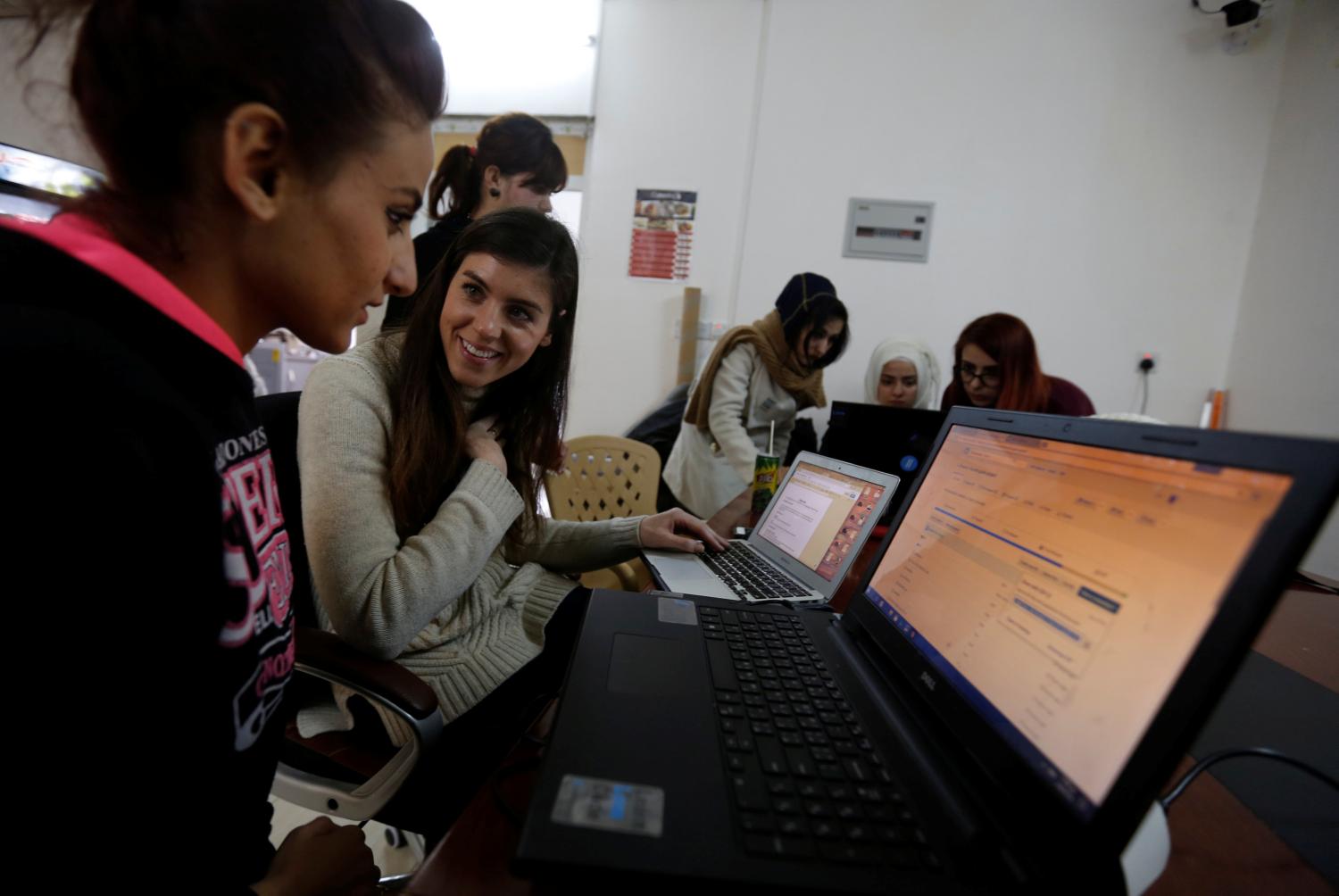
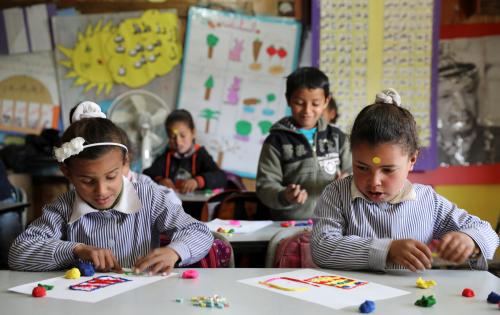
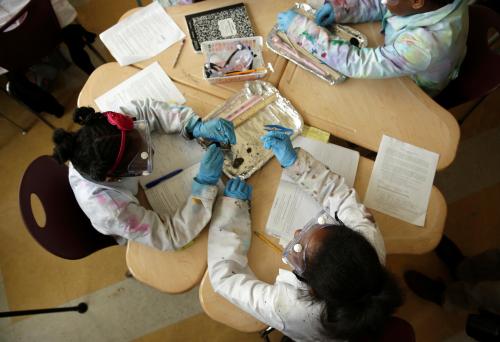
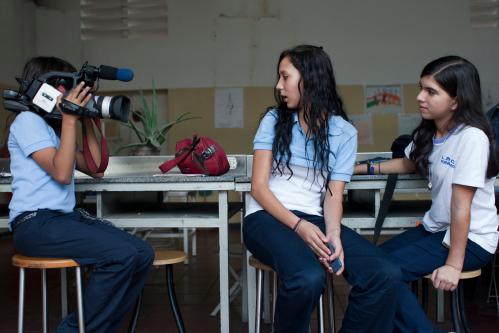
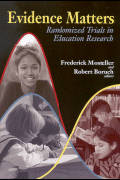
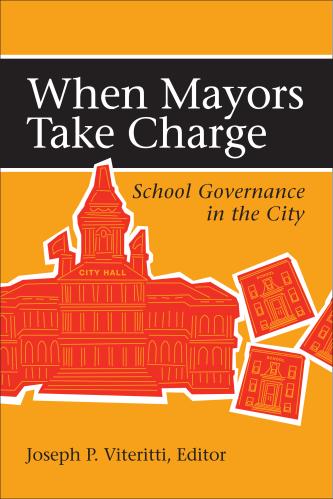
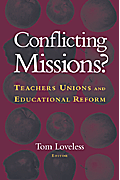


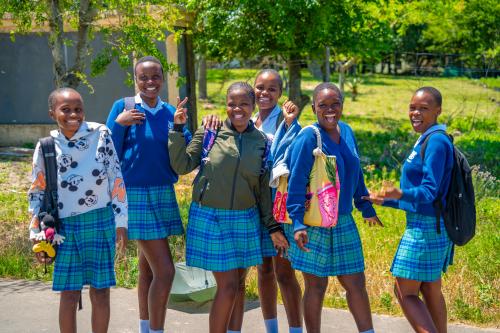
Commentary
Accelerating progress in education with hands-on, minds-on learning
July 14, 2016